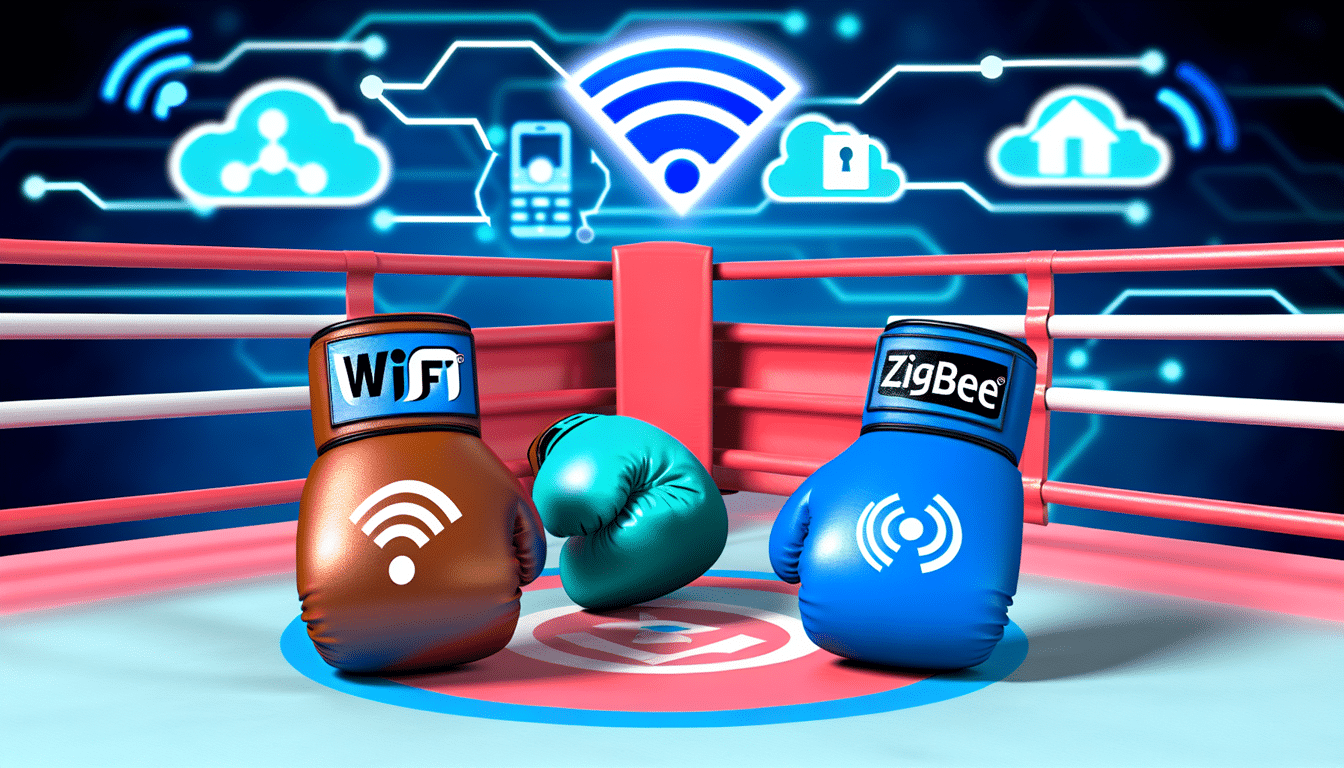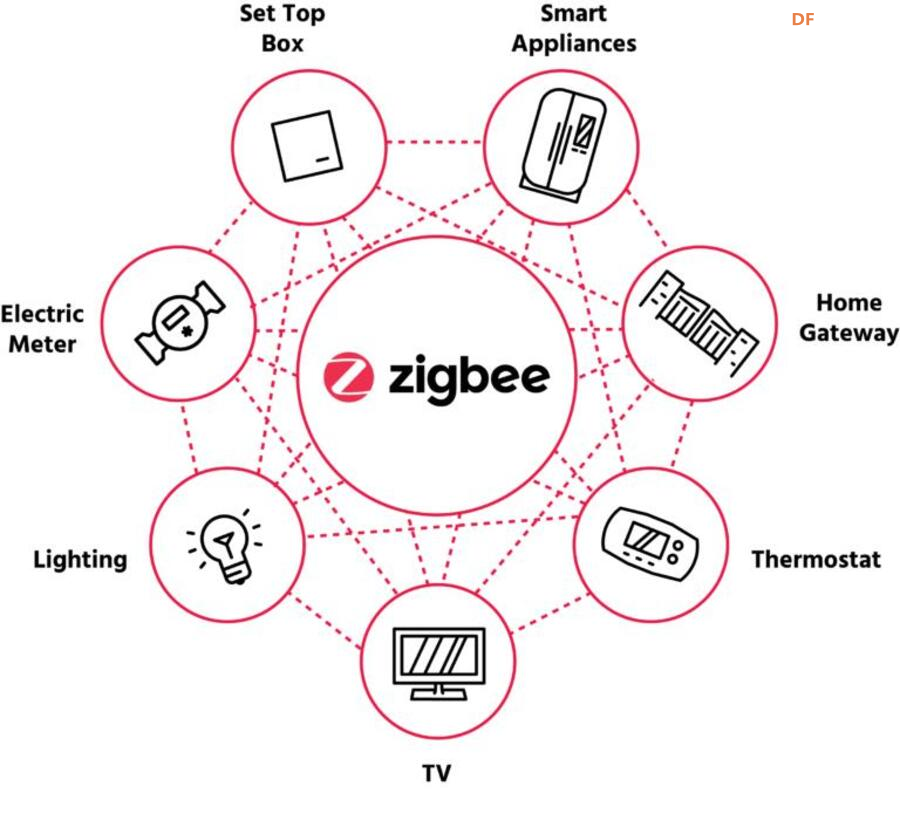whats the difference Circuit Diagram
Blogwhats the difference Circuit Diagram In keeping with the low barrier of entry, Wi-Fi devices often cost less than their Z-Wave and ZigBee counterparts. When you directly compare Wi-Fi plugs with Z-wave Plugs, Wi-Fi Bulbs with ZigBee Bulbs, and Wi-Fi light switches with Z-Wave light switches, you see a noticeable difference in price.. That isn't to say Z-Wave and ZigBee are always more expensive---Schlage's Z-Wave lock actually WIFI vs. Zigbee: Key Differences Frequency Bands. WiFi operates on both the 2.4GHz spectrum and the 5GHz frequency bands, with available spectrum varying by country. However, for IoT applications necessitating substantial data transmission over a local wireless network, WiFi offers the fast data rates essential for video, voice, and robust

Explore how ZigBee IP compares with Wi-Fi, Bluetooth, Z-Wave, LoRaWAN, and Thread in IoT. Learn which technology is best for smart homes, industrial automati Zigbee is a low-power, wireless communication protocol designed specifically for smart home and IoT (Internet of Things) devices. Operating on a mesh network, it allows devices to connect directly to one another, creating a decentralized network that is highly reliable and scalable. Wi-Fi vs. Zigbee: Key Differences Explore wireless IoT technologies: Wi-Fi, Bluetooth, Zigbee. Understand IoT connectivity, protocols, low-power options, range, security. Compare Wi-Fi vs Bluetooth vs Zigbee for smart devices, industrial, agriculture, healthcare, and home automation. Find the best wireless protocol for your IoT solution including long range wireless options.

Breaking Down the Zigbee vs. WIFI Debate: A Professional Comparison Circuit Diagram
Wi-Fi vs. Zigbee: Where Wi-Fi is Better 1. Cost. Zigbee smart devices can be notoriously more expensive than Wi-Fi devices designed for the same basic purpose. This is because Wi-Fi devices have been in the market for way long. Also, for a given application, more device manufacturers may support Wi-Fi devices rather than Zigbee. Navigating the Wireless Landscape in Industrial IoT: An Overview of Zigbee, Bluetooth, and Wi-Fi The three most prominent wireless technologies used in industrial IoT are: Zigbee - A mesh network specification built around IEEE 802.15.4 standard for low-power, low-data rate communication.

This is because ZigBee modules are typically cheaper than Wi-Fi modules, and ZigBee networks require fewer nodes, reducing the overall cost of the system. Wi-Fi Module For IoT. Wi-Fi modules are commonly used for IoT applications that require internet connectivity. Digi key is a famous manufacturer of Wi-Fi modules for IoT applications.
